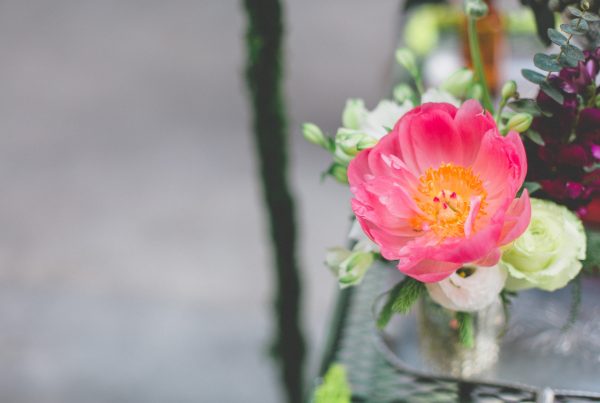Several mornings a week, a woman comes by our house to go through our recycling bin. She is hunting for bottles that can be turned into cash that can be turned into food. Her rattling cart and carrier bags are full of salvaged scraps. Seeing this woman, I often wonder if it’s possible to live on the leftovers of others.
This question was at the front of my mind today. For several summers now we have been lucky to have a group of wonderful men and women drop by our house to harvest our giant cherry tree. Not Far From The Tree has built a community around the activity of gleaning and distributing fruit in our city. The harvest is shared three-ways: between the tree owner, the volunteers, and local food banks/community kitchens. This morning after an hour or more of picking, they left us with this magical yield of luscious fruit.
I am so inspired by our city’s gleaners. As a model of creativity, gleaning is humble and practical, ephemeral and generous. It gives value to what is not considered valuable. It is a reminder of our fundamental interdependence. All it takes is the sight of a person foraging through a bin, a glimpse of a “dumpster diver,” “trash picker,” or “freegan,” to illustrate our cycles of waste and surplus. Scarcity is a lie. There is enough to go around. More is not always better.
“If it is a human thing to do to put something you want, because it’s useful, edible, or beautiful, into a bag, or a basket, or a bit of rolled bark or leaf, or a net woven of your own hair, or what have you, and then take it home with you, home being another, larger kind of pouch or bag, a container for people, and then later on you take it out and eat it or share it or store it up for winter in a solider container or put it in the medicine bundle or the shrine or the museum, the holy place, the area that contains what is sacred, and then the next day you probably do much the same again—if to do that is human, if that’s what it takes, then I am a human being after all. Fully, freely, gladly, for the first time….[T]he proper, fitting shape of the novel might be that of a sack, a bag. A book holds words. Words hold things.”— Ursula K. Le Guin, “The Carrier Bag Theory of Fiction.”
Click here to read some gleaning stories, and here to watch Agnès Varda’s brilliant film on the subject.



